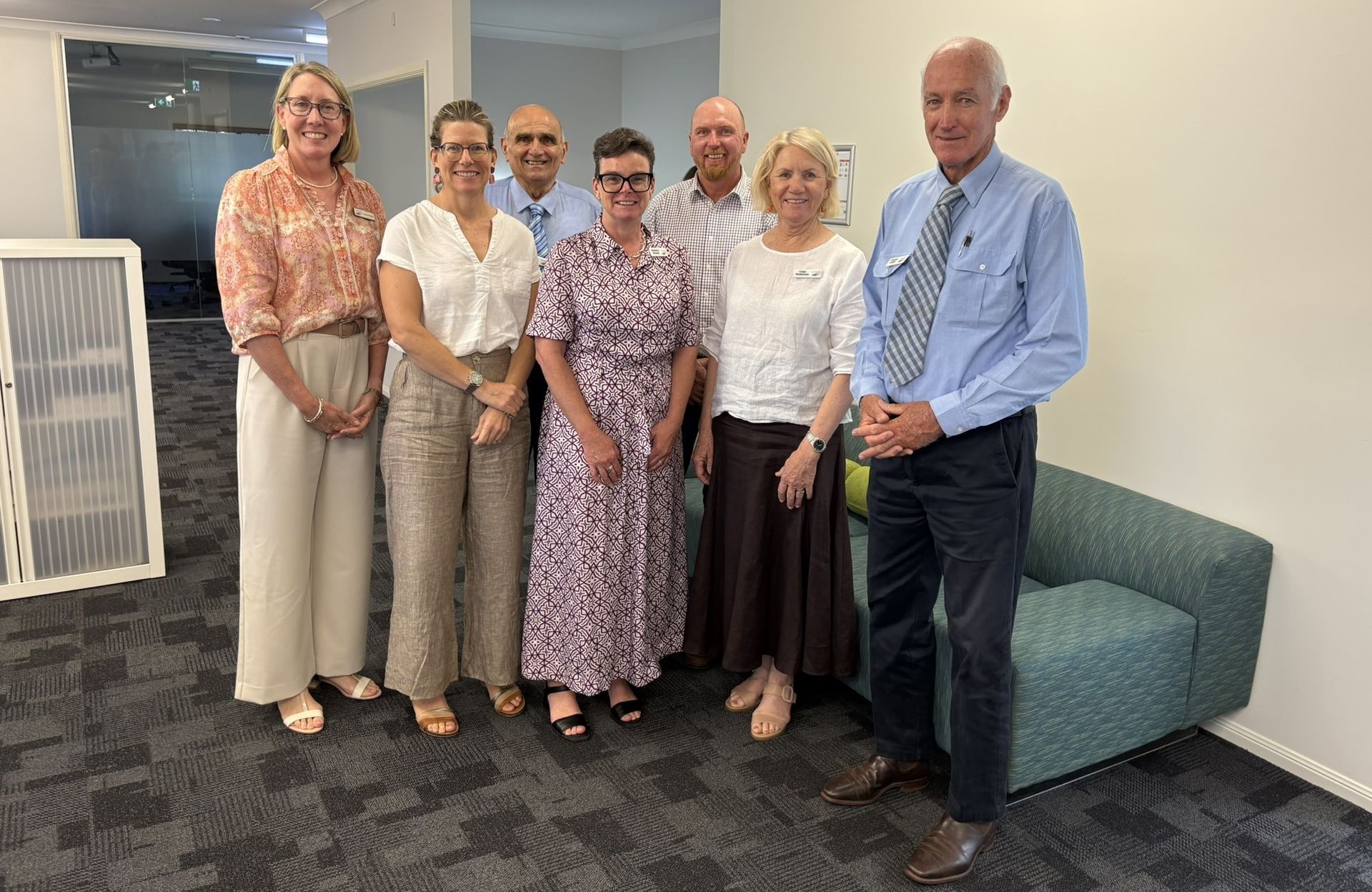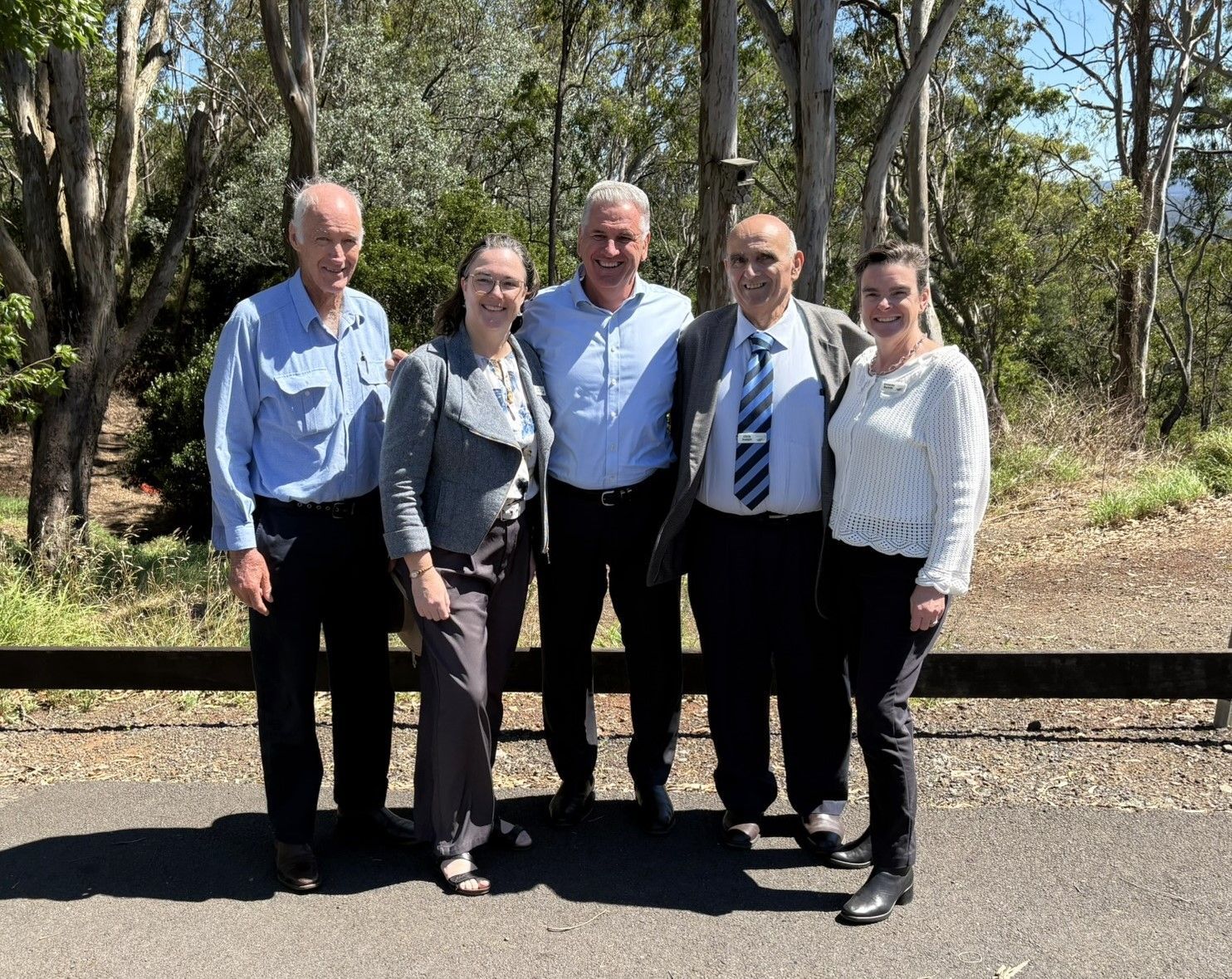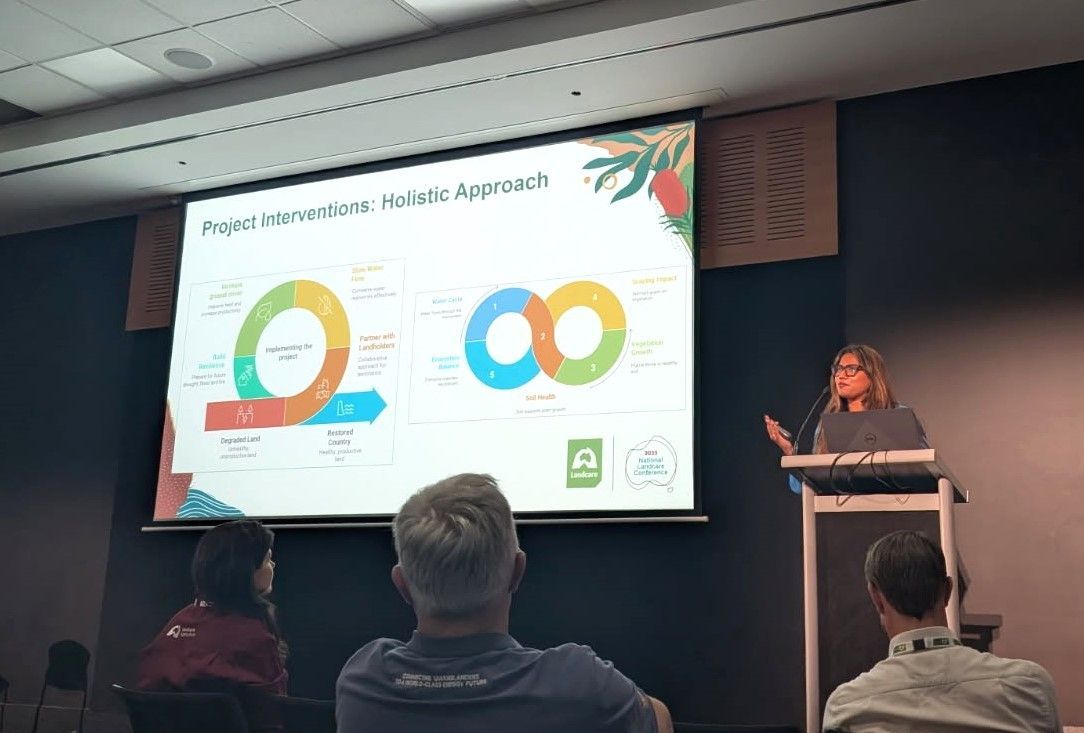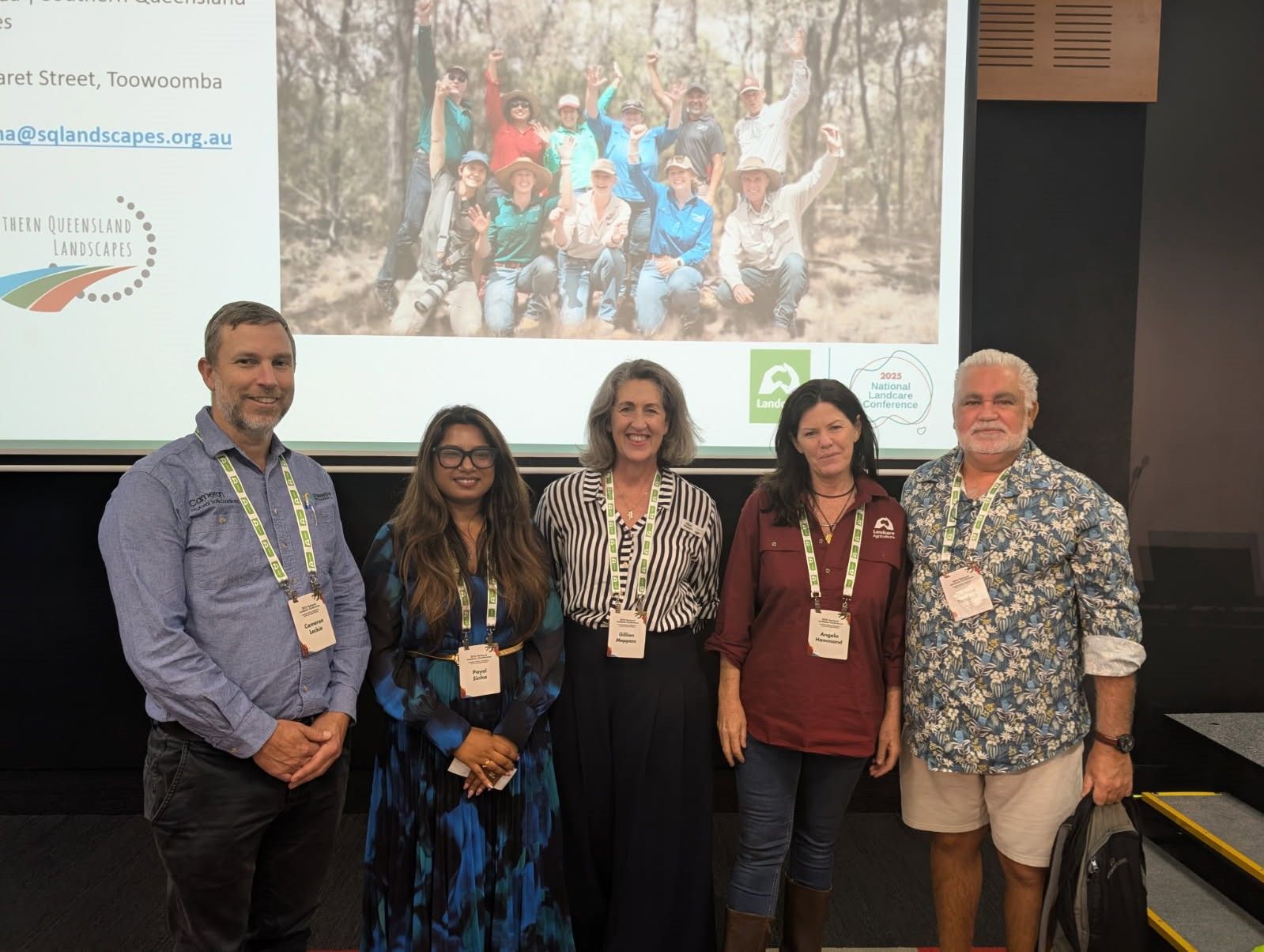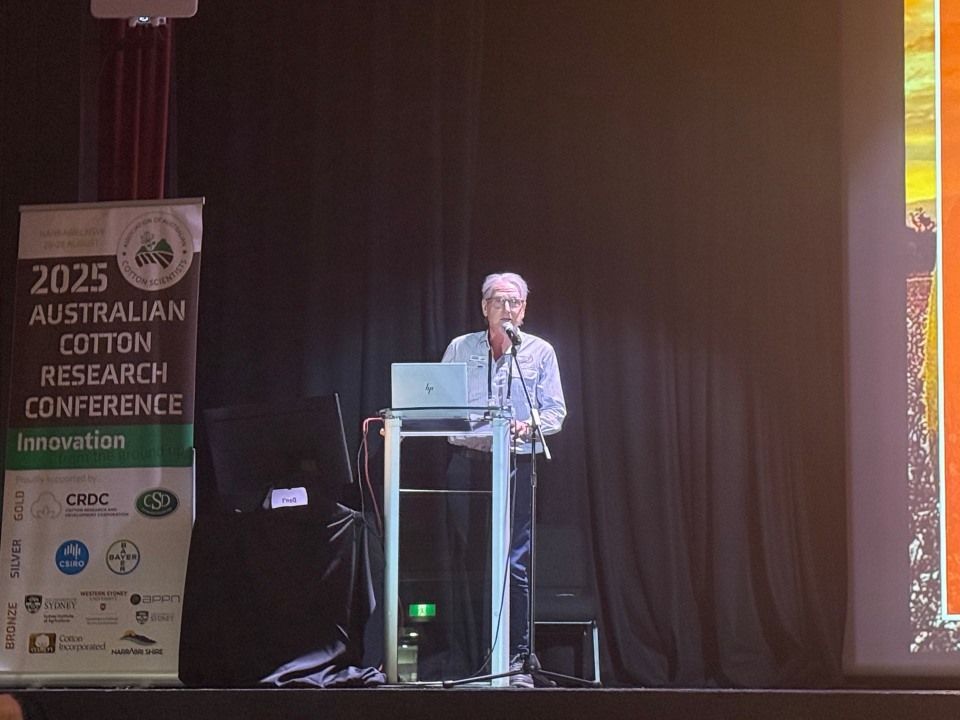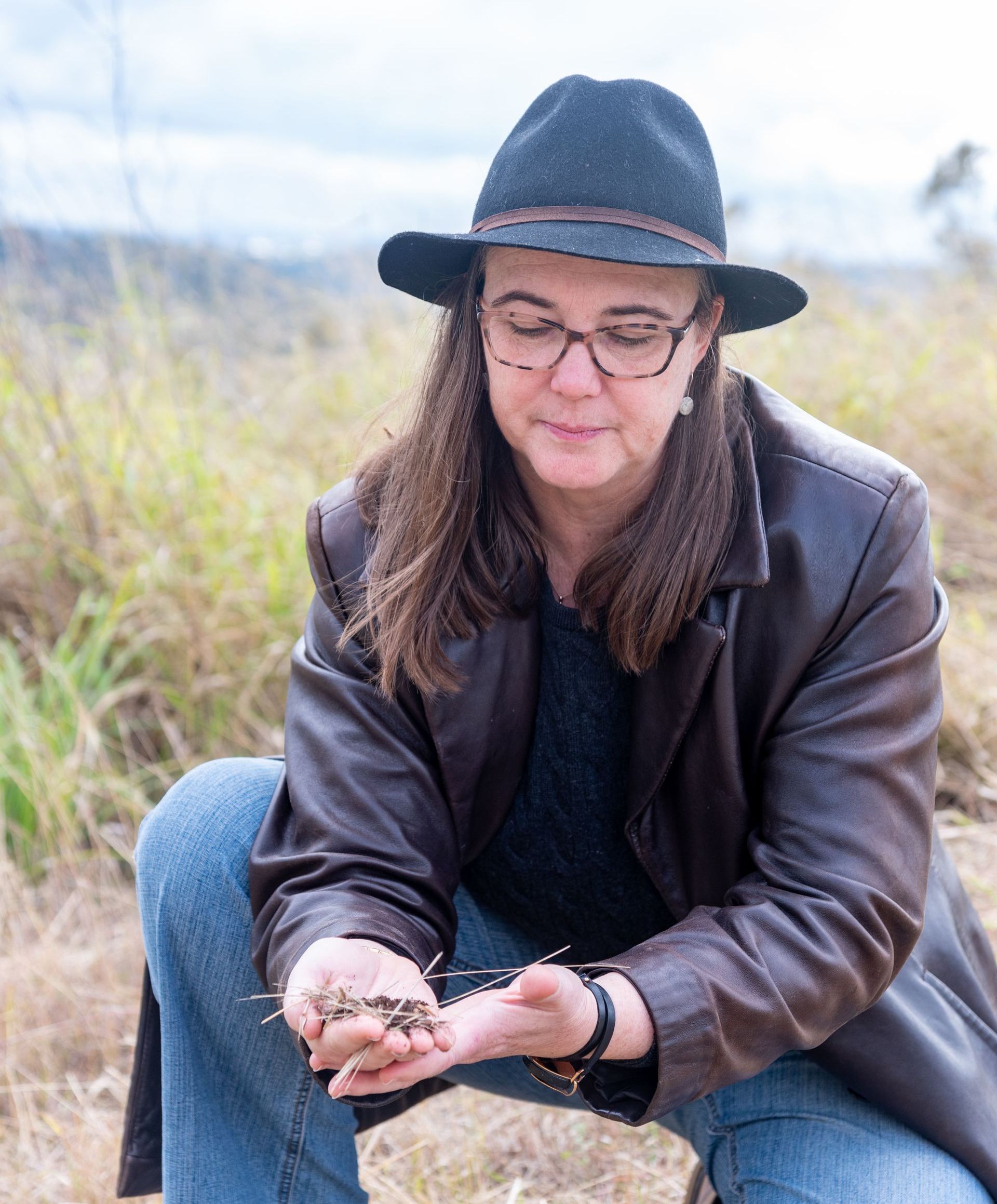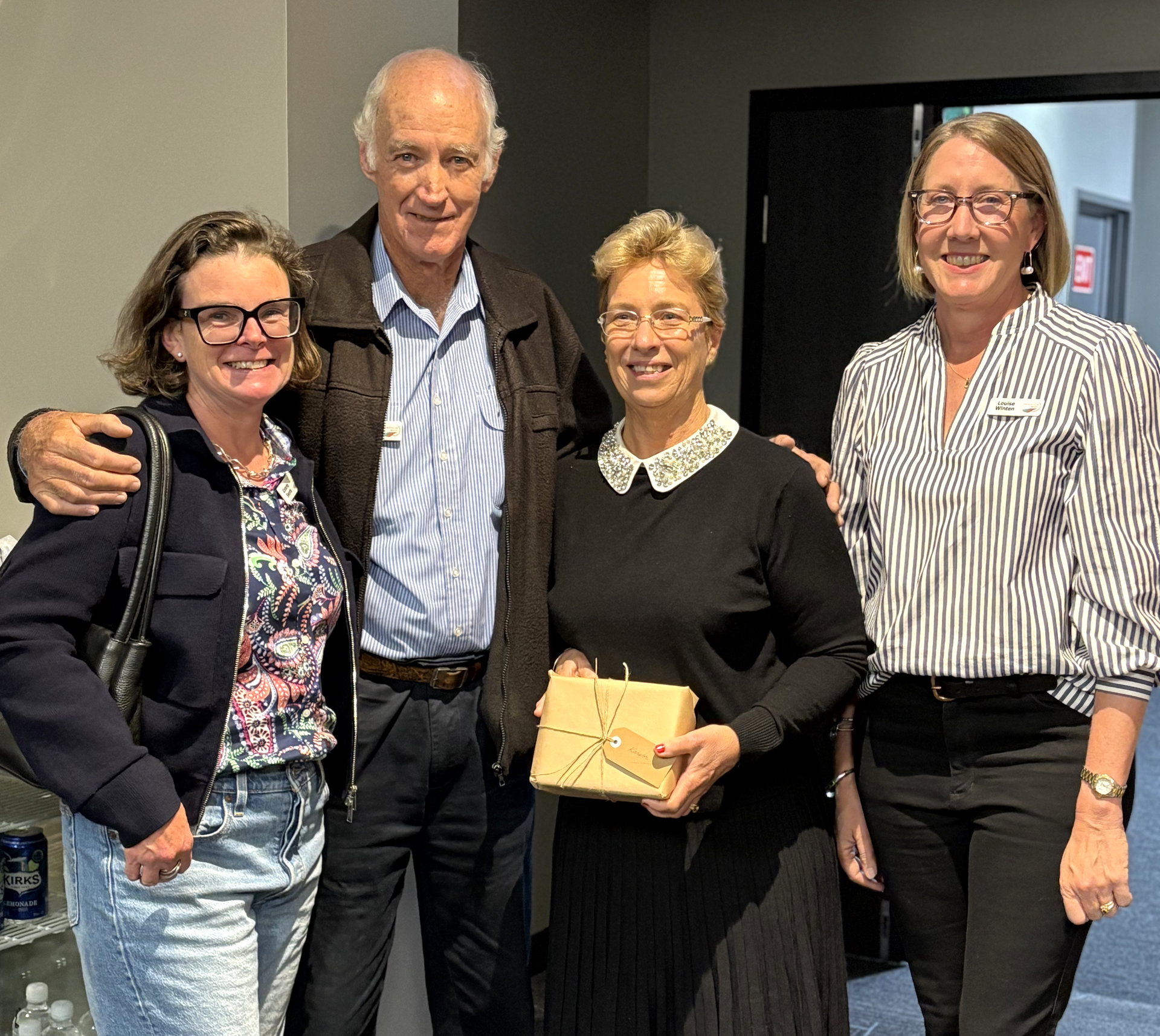Farmers and fish are just the start of the beneficiaries of the Fencing Northern Basin Riverbanks Project, involving more than 500 kilometres of riparian fencing and alternate watering points across southern Queensland catchments.
The Treloars of ‘Boothulla’ are a good example. Situated north west of Cooladdi in south west Queensland, the family run a cattle trading operation and are creating multiple benefits having fenced off about seven kilometres of river frontage as well as installing multiple alternate watering points.
“The western side of our property is mostly mulga woodlands country, and by fencing and adding new alternate water points, we have been able to effectively graze that country for the first time while also protecting the river. In time, we look forward to seeing a lift in water quality and the re-emergence of both plants and animals along the riparian zone and within the river itself,” Will Treloar said.

The grant through SQ Landscapes funded six kilometres of fencing and five kilometres of off-stream water infrastructure at ‘Boothulla’.
The fence is a simple but effective barrier to cattle but not wildlife; four strands of barbed wire with steel posts every 10 metres. The project also assisted with the installation of about six kilometres of poly pipe, fed by an artesian bore to tanks and troughs to prevent cattle accessing the river. The project has added significant flexibility and control to the grazing management of the western part of the property.
Will and Sasha have continued a family tradition, following in the footsteps of Will’s parents Michael and Judy Treloar, who also looked to collaborate with agencies like Southern Queensland Landscapes (SQ Landscapes) to improve their country.
“We know Southern Queensland Landscapes well, having worked in collaboration before and despite looking after a massive area of the country, they look after and remember us which is great.”
The grant through SQ Landscapes funded six kilometres of fencing and five kilometres of off-stream water infrastructure at ‘Boothulla’.
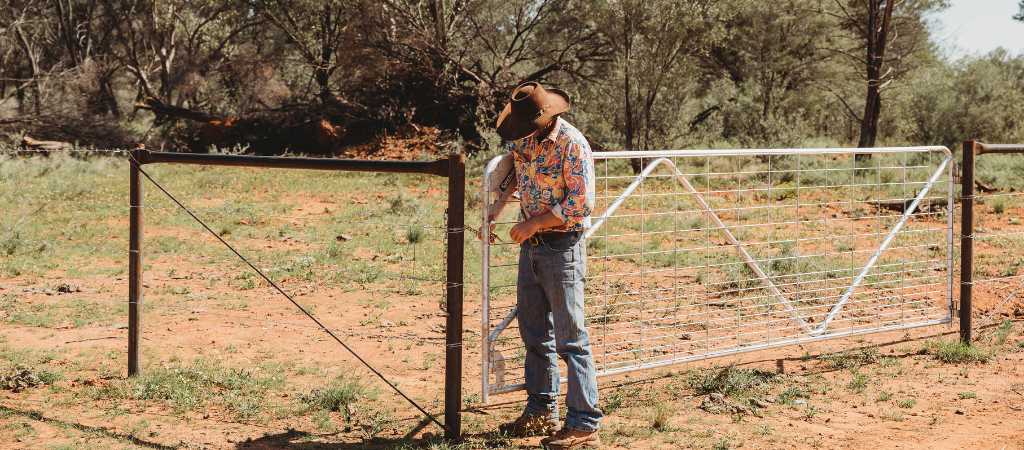
"However, it's really rewarding on a lot of levels and it's amazing to see how nature really bounces back when you give it a chance," Leanne Stevens said.
“We were going to do all the fencing and water work ourselves but with heavy rains and the deadline looming we employed a contract fencer who helped get it done in time. Having that financial support from Southern Queensland Landscapes really helped make it happen,” Will added.
SQ Landscapes Coordinator of Business Operations Leanne Stevens is an ecologist and takes a systems approach to managing such large-scale projects. In the case of the Fencing Northern Basin Riverbanks project, it involves collaborating with 66 landholders and about 500kms of fencing, both federal and state governments, Aboriginal organisations as well as SQ Landscapes all working towards a common goal. It is not an easy task.
“However, it’s really rewarding on a lot of levels and it’s amazing to see how nature really bounces back when you give it a chance,” Leanne Stevens said.
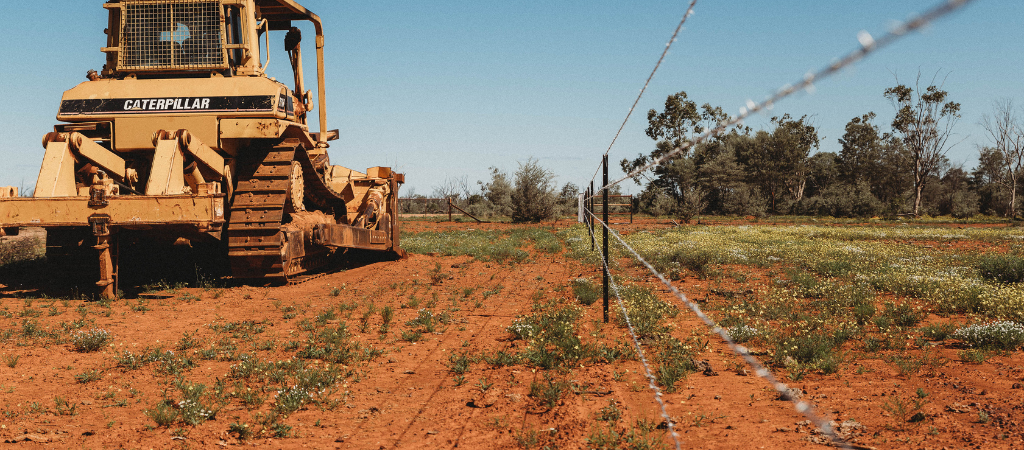
"We were going to do all the fencing and water work ourselves but with heavy rains and the deadline looming we employed a contract fencer who helped get it done in time," said Will Treloar.
While it is too early to see it yet, the project will see the re-emergence of native species, the restoration in the stability of riverbanks, and an improvement in water quality for everyone and everything that relies on the river; not just land managers and stock but over 50 species of native fish found in the catchments.
Will said next summer they should be able to start getting a gauge on the extent of the benefits from the work along the river and both he and Leanne agree how beautiful the country is and how healthy it looks right now after such good rains.
“I wouldn’t live anywhere else. I see something new every single time I’m out there. Right now, there are a lot of bees and we know how important they are to an environment. It’s such a great place to be and so important to look after it,” Will added.

"I wouldn't live anywhere else. I see something new every single time I'm out there," said Will Treloar.
Will and Sasha Treloar applied for the fencing grant with SQ Landscapes via a flyer and said it was a very simple process and well worth doing.
“We put our submission in, we took the time to get our information right and the use of Google maps really helped, it wasn’t difficult and not too bureaucratic. I would advise anyone wanting to improve their country to look for opportunities like this when they arise because the funding does help and if it isn’t used, it is spent elsewhere so go for it!” Will added.
The Australian Government-funded Fencing Northern Basin Riverbanks Project (Qld) is a $7.5 million investment to support works to benefit farmers and fish. Southern Queensland Landscapes with support from the Queensland Government has been working with local communities, Aboriginal organisations and land managers to deliver the project before June 2023.
